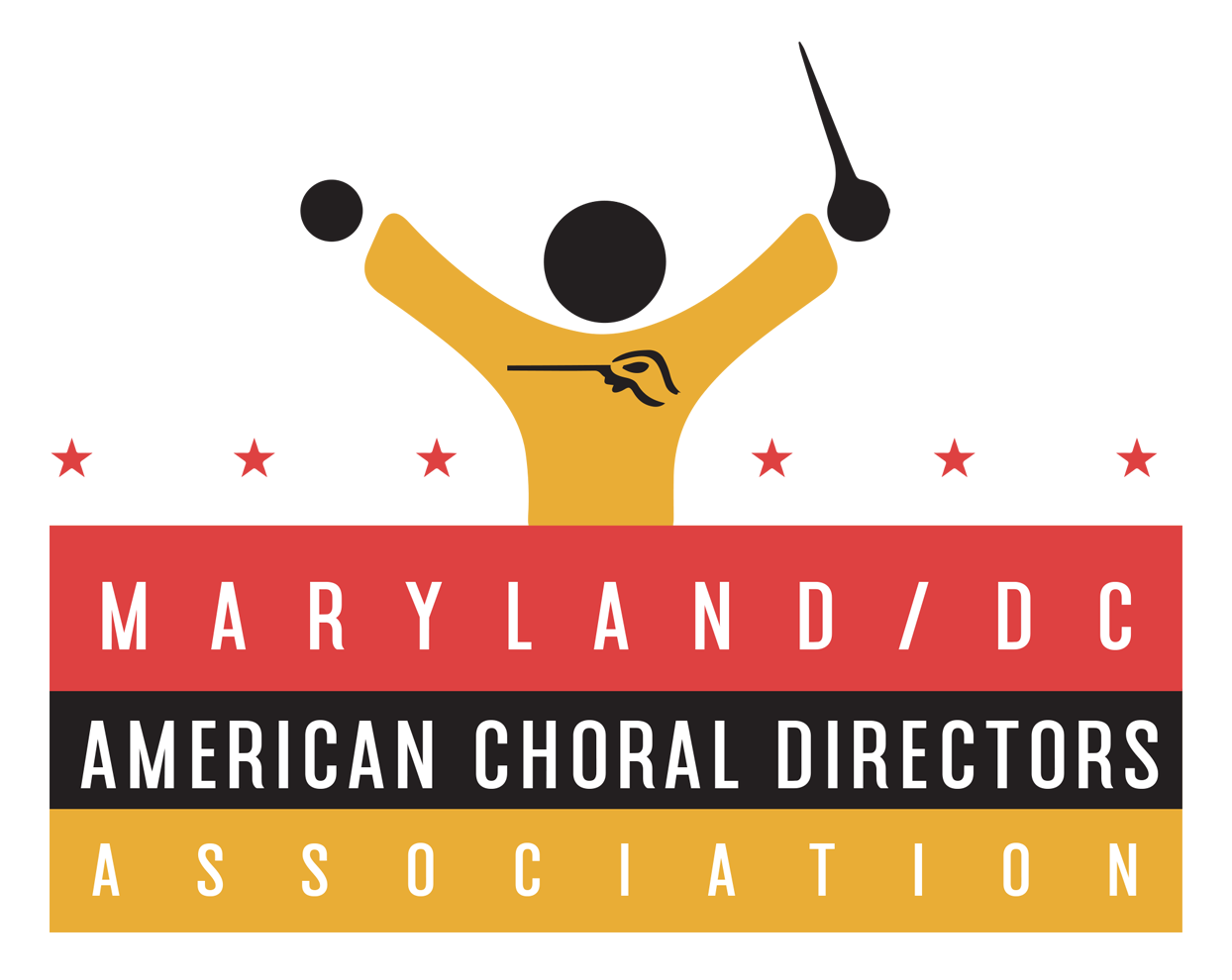Beyond SATB:
Options for Dynamic Voicing in Music in Worship
Frank J. Van Atta, DC/MD ACDA Worship in Music Chair
While many would prefer to forget the impact 2020 had on choirs, the effects of the pandemic on the choral art have been profound. Although individual conductors may have felt this experience differently, anecdotal evidence suggests those working with primarily volunteer choirs have yet to see numbers rebound in the way one might have hoped. Rather than bemoan the lack of a particular voice part or discuss how things might have been done differently half a decade ago, the present moment provides a great opportunity to reconsider how current resources are utilized.
Conventional SATB settings have long been the standard for choirs, not only in the context of worship but across the Western Art tradition. While this format provides a solid foundation for vocal harmony and is widely recognized, the evolving landscape of worship music invites creativity and exploration of alternative voicing techniques. Although many contemporary compositions feature dynamic or unconventional voicings, this practice stretches back to the very foundations of music, providing rich and often undiscovered treasures in the choral repertoire.
Before diving into repertoire, it is critical to understand the ever-changing human voice. Research from vocal pedagogues such as Richard Miller, Barbara Doscher, and Janice Chapman suggests that, while the change is most profound during puberty, the voice changes distinctly every seven to ten years. Dr. Lynne Gackle outlines this in her conversation at the Choral Conductors Colloquium which is available on YouTube. As choral ensembles grow and change, conductors must seek opportunities to empower their ensembles by looking beyond the SATB lens while still creating impactful musical experiences.
Singing in Unison: In perhaps the most overlooked realm of dynamic voicing, unison singing provides many pedagogical benefits for a choral ensemble, beyond serving simply as repertoire. Chant is perhaps the most common form of unison singing in the context of music in worship and can be found at the center of many of the world’s major religions. Without harmonic context, ensembles can center focus on rhythm, unity of tone, and expressiveness. In a world of constant noise, excellent unison singing can be impactful and effective in creating effect in a service.
Resources to consider: The Magic of Hebrew Chant (Gold); Free download of the Liber Usualis; Salamu aleikum: Music of the Muslim World (ed. André de Quadros)
Call and Response: Found in a myriad of music around the globe, call-and-response music effectively features particularly strong singers on the call and either the choir or the full congregation in the response. By no means exclusive to the sacred context, this style of voicing is commonly found in the gospel tradition in the United States. Call-and-response singing also offers the opportunity to incorporate contemplative worship styles such as Taize into services such as evensong or compline.
Resources to consider: Music that Makes Community; The Justice Choir Songbook; Beth’s Notes of Call and Response pieces; Carnegie Hall Music Educators Toolbox
Alternative Voicing: Perhaps the most straightforward way to tackle the confines of SATB singing is to think beyond the lens of four-part harmony. Contemporary published music will often refer to music outside the SATB realm as “equal” or “flexible” voices yet composers have been writing outside of the confines of Western Art musical conventions for hundreds of years. Composers as early as Byrd, Monteverdi, and Palestrina were writing for ATB, AB, TB, and any other combination of voices imaginable. Similarly, genres such as Gospel music regularly feature SAT voicings in which all of the changed voices sing on the lowest line. For choirs accustomed to singing four-part music, most may never even notice the change in voicing.
Resources to consider: How to search the Choral Public Domain Library (CPDL) by voicing; JW Pepper three-part mixed sheet music; Genre walker to find scores for specific voicing on the International Music Score Library Project (IMSLP);
While music in SATB voicing remains a vital staple of the choral art, exploring dynamic options can significantly enrich the experience for listeners and singers alike. From unison singing and call-and-response structures to alternative voicings and non-Western styles, each alternative offers unique benefits that promote engagement and connection. As worship leaders and musicians continue to innovate and respond to the diverse needs of their communities, embracing these voicing options can lead to more vibrant and meaningful expressions of faith through music. These lists are by no means comprehensive but rather intended as an opportunity to think beyond the limitations of pre-pandemic ensembles. It is through the experience of creating meaningful and impactful music that ensembles can grow and sustain excellence for many years to come.
